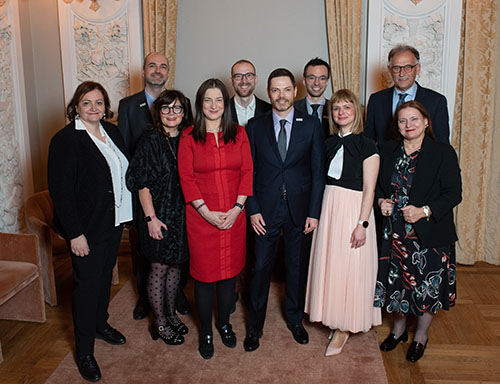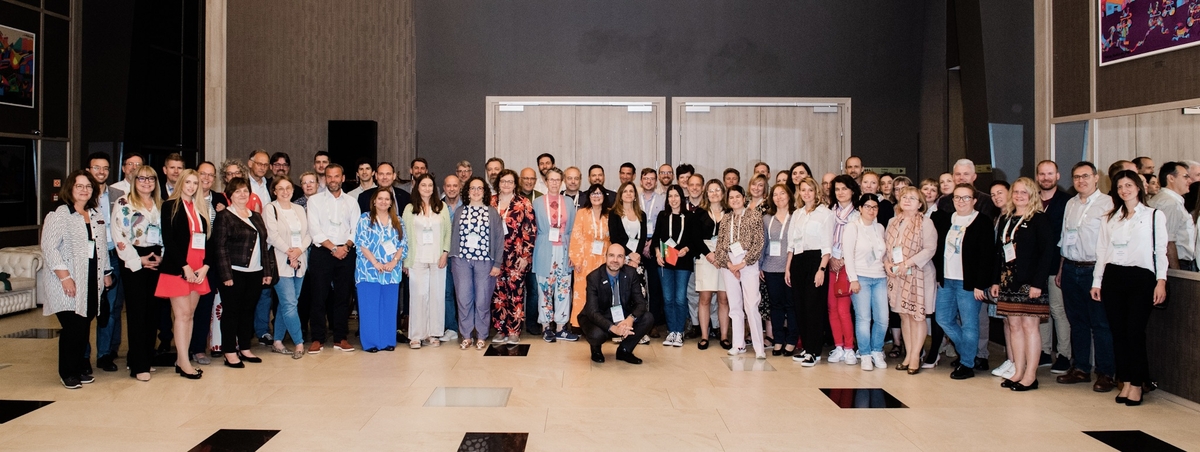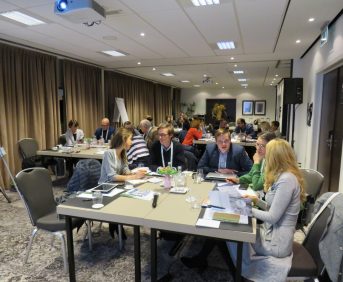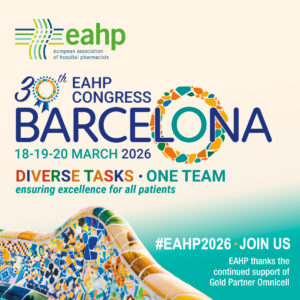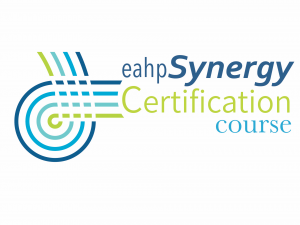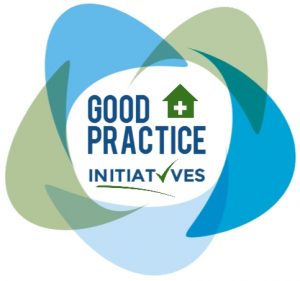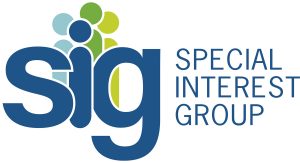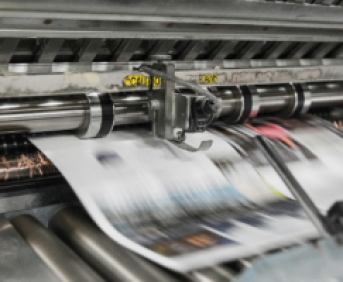16 AUGUST 2013
 The European Association of Hospital Pharmacists (EAHP) has announced a high-level meeting to take place at the University Hospitals Leuven (UZ Leuven) focused on how to reduce medication errors in the hospital sector. Specifically, it will investigate how bedside scanning of medicines at the point of administration can become a widespread reality to increase patient safety.
The European Association of Hospital Pharmacists (EAHP) has announced a high-level meeting to take place at the University Hospitals Leuven (UZ Leuven) focused on how to reduce medication errors in the hospital sector. Specifically, it will investigate how bedside scanning of medicines at the point of administration can become a widespread reality to increase patient safety.
The technology of scanning a medicine at the patient’s bedside, prior to administration, has been demonstrated to reduce rates of medication error by as much as 40%. Yet, although common place in countries such as the USA, the practice in Europe remains the exception rather than the rule. The event will consider why this is the case, and what can be done to overcome identified implementation obstacles.
The one-day event, to be held on Monday 14 October 2013, will include:
- presentation of how bedside scanning at UZ Leuven reduces the possibility of medication error occurring at the point of administration;
- guided visits to hospital wards to see the technology in operation;
- presentations on the industrial, regulatory and international contexts to the issue; and,
- workshops to gain the perspectives and considered opinions of a variety of impacted stakeholders.
Speaking about the event, Thomas De Rijdt, Assistant Director at UZ Leuven’s Department of Pharmacy, said:
“Since introducing bedside scanning of medication in our hospital we have observed an increase in patient safety by further preventing medication errors. In addition we can ensure traceability of drugs.
However our success here in Leuven is not something we wish to keep a secret from the rest of Europe. When we know something works, we want to share it and see the benefits enjoyed elsewhere. That is why we are working with the European Association of Hospital Pharmacists to hold this meeting aimed at identifying and enacting solutions to the known obstacles to bedside scanning’s wider introduction.”
Commenting on the event, EAHP President Dr Roberto Frontini said:
“Nowadays, we are used to seeing all manner of consumer products individually bar coded: from bananas to biscuits, from chocolates to CDs. Yet, we have still not achieved medicines bar coded to the individual pill or vial. This holds back the introduction of bedside scanning, and through this event I hope we can shine a light on what the obstacles are, and how they can be overcome.
We encourage all stakeholders with an interest in this topic to participate in this event and play a part in achieving a potential major advance in the reduction of medication error.”
ENDS
For further information contact info@eahp.eu, 00 322 741 6835 or 00 44 7895 292 076
NOTES TO EDITORS:
1. EAHP is an association of national organisations representing hospital pharmacists at European and international levels. More information about the EAHP and its history here.
2. UZ Leuven (Universitair ziekenhuis Leuven) is an academic hospital in the Belgian city of Leuven associated with the KU Leuven. It consists of five campuses: Gasthuisberg, Lubbeek, Pellenberg, Sint-Pieter and Sint-Rafaël. The hospital has 1995 beds and over 8800 employees. More information here.
3. A study by Poon EG et al. Effect of Bar-Code Technology on the Safety of Medication Administration. N Eng J Med 2010;362:1698-707,has suggested the use of bar codes on medicines up to the single unit (thereby enabling bedside scanning of the medicine at the point of administration) can help to reduce medication error rates by 41.4%. More information here.
4. In recognition of the patient safety case, and the effect on reducing errors, it has been practise in the USA since 2006 that all pharmaceuticals products sold to hospitals must now bear a bar code on the smallest unit of use — the size dispensed to the patient. The United States Food and Drug Administration (FDA) estimate that since introducing this requirement, some hospitals have reduced medication error rates by as much as 85% and in a study conducted at the Veterans Affairs Medical Center, evidence suggested that the use of such bedside verification technology enabled 5.7 million doses of medication to be administered to patients without medication errors. More information here.
5. Stakeholders with an interest in the subject of avoiding medication error in hospitals that would like to attend the unique one-day event, should contact richard.price@eahp.eu
6. Further information about the event is available here.
